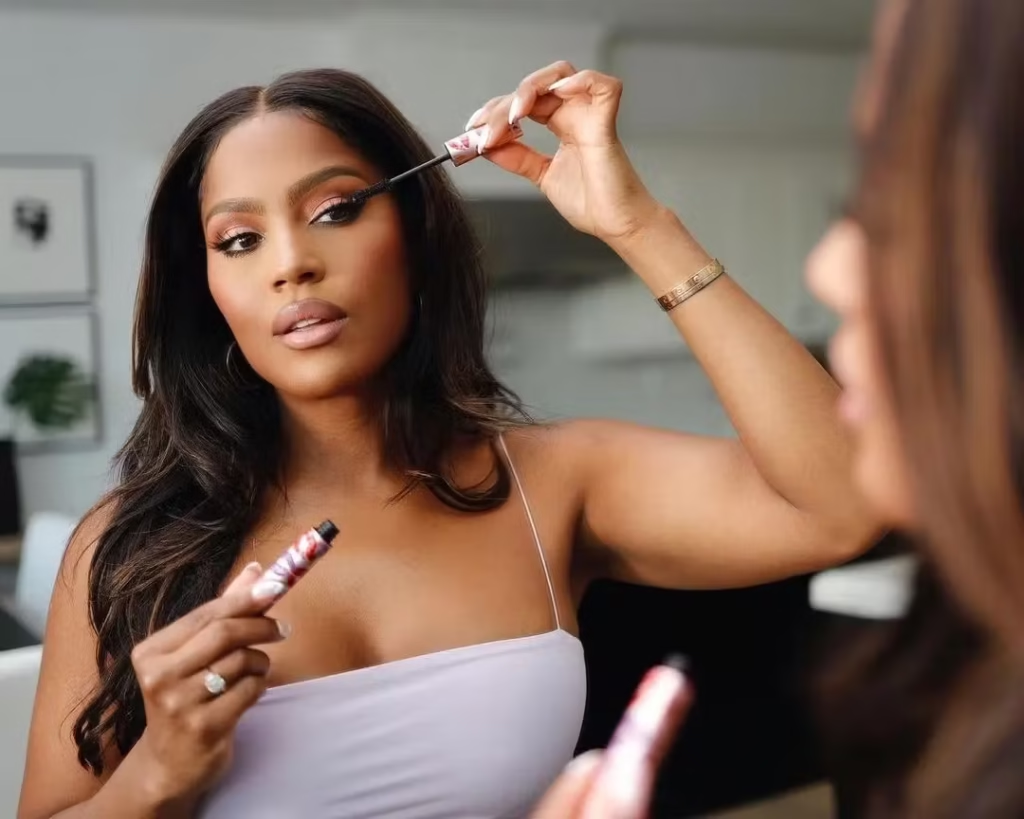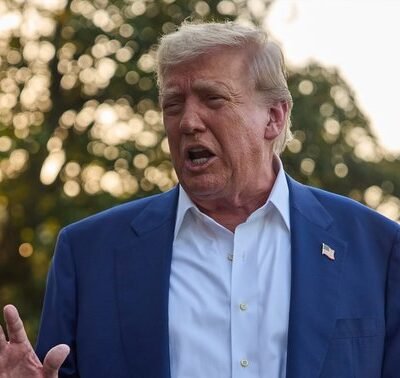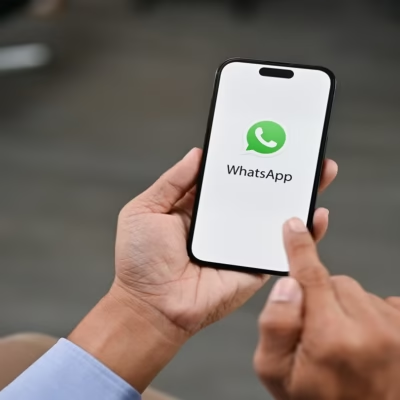The beauty influencer economy in the United States has grown into a billion-dollar powerhouse, transforming how consumers discover, trust, and buy beauty products. From YouTube makeup tutorials to TikTok skincare reviews, influencers today play a crucial role in shaping beauty trends and purchasing decisions. But how did this economy grow so fast, and what does it mean for brands, consumers, and influencers themselves?
In this article, we’ll break down the rise of the beauty influencer economy, how it works, who’s making money, and what’s coming next.
What Is the Beauty Influencer Economy?
The beauty influencer economy refers to the financial system built around influencers who promote beauty products, brands, and trends on platforms like Instagram, TikTok, YouTube, and Pinterest. These influencers, ranging from mega-celebrities to everyday users with a few thousand followers, earn money through:
- Brand sponsorships
- Affiliate marketing
- Product collaborations
- Paid content
- Ad revenue from YouTube or TikTok
Unlike traditional celebrity endorsements, beauty influencers often build trust by sharing personal experiences, honest reviews, and tutorials. This genuine approach has helped them become key players in the $100+ billion U.S. beauty industry.
The Rise of Beauty Influencers in the U.S.
In the early 2010s, beauty content on YouTube began to gain popularity. Creators like Michelle Phan, NikkieTutorials, and Jaclyn Hill changed how people learned about makeup and skincare. They weren’t models or makeup artists — they were relatable people sharing tips from their bedrooms.
Fast forward to 2025, and we see influencers across all platforms running their own brands, partnering with global companies, and reaching millions of viewers.
Here’s why the beauty influencer economy grew so fast:
- Visual Content Thrives Online: Makeup and skincare tutorials are highly visual, making them ideal for video and photo-based platforms.
- Trust Over Advertising: Consumers trust influencers more than traditional ads. A recommendation from a favorite influencer can be more powerful than a TV commercial.
- Micro-Influencers Rise: Even influencers with just 10,000 followers can drive strong engagement and sales — especially in niche markets.
- Short-Form Video Power: Platforms like TikTok have made it easier than ever to go viral, giving new influencers a faster path to success.

How Influencers Make Money in the Beauty World
In the U.S., influencers earn money in several ways. Here’s a breakdown:
1. Sponsored Posts
Brands pay influencers to feature their products in posts, videos, or stories. Depending on the influencer’s reach, this can range from $100 to over $100,000 per post.
2. Affiliate Marketing
Influencers share special links to beauty products. When someone clicks and buys, they earn a commission — usually between 5% and 20%.
3. Ad Revenue
Platforms like YouTube pay creators for views through ad programs. A viral video can earn thousands of dollars in a few days.
4. Product Collaborations
Some influencers co-create limited-edition products with brands. These often sell out quickly and generate huge profits.
5. Launching Their Own Brands
Many top influencers go beyond partnerships and launch their own lines. Examples include:
- Huda Kattan – Huda Beauty
- Jackie Aina – Forvr Mood
- Patrick Starrr – One/Size Beauty
Top Platforms Driving the Beauty Influencer Economy
1. YouTube
Still a major player for in-depth tutorials and reviews. Long-form videos are great for education and detailed product breakdowns.
2. Instagram
Ideal for product photography, short videos (Reels), and Stories. It’s a go-to platform for sponsored content.
3. TikTok
The fastest-growing platform in the beauty world. “Get ready with me” (GRWM) videos and skincare hacks can go viral in hours.
4. Pinterest
Used mainly for discovery and inspiration. Influencers use it to drive traffic to blogs or YouTube channels.
The Business Side: Why Brands Invest in Influencers
The beauty industry in the U.S. is highly competitive. Traditional ads are no longer enough to grab attention. Here’s why brands pour millions into the beauty influencer economy:
- Targeted Audiences: Influencers often have a specific audience — for example, Gen Z skincare lovers or women over 40 interested in anti-aging products.
- Authentic Engagement: Influencers connect personally with their followers, increasing trust and interest in promoted products.
- Cost-Effective Reach: Micro and mid-tier influencers can deliver high returns at a lower cost than major ad campaigns.
- Data-Driven Decisions: Brands can track sales, clicks, and engagement in real-time, helping them refine campaigns.
According to a 2024 report by Influencer Marketing Hub, every $1 spent on influencer marketing in the beauty industry brings an average return of $5.78.
Challenges in the Beauty Influencer Economy
While the industry offers big opportunities, it also has its share of challenges:
1. Oversaturation
With so many influencers promoting similar products, standing out is harder than ever.
2. Fake Followers
Some influencers inflate their follower count to land deals. Brands now use advanced tools to verify engagement quality.
3. Cancel Culture
One misstep or scandal can damage an influencer’s brand overnight. Reputation management is crucial.
4. FTC Regulations
Influencers must clearly label sponsored posts. Violations can result in penalties and a loss of audience trust.
How Consumers Benefit (and What to Watch Out For)
Beauty influencers have made it easier than ever to learn about products, techniques, and routines. From budget-friendly finds to luxury items, they help consumers make smarter decisions.
However, not all influencer advice is trustworthy. Consumers should:
- Look for disclosure labels (#ad, #sponsored).
- Follow influencers who provide honest, balanced reviews.
- Be cautious of trends that promote unsafe practices (like DIY fillers or chemical peels).
Future Trends in the Beauty Influencer Economy
As the beauty space continues to evolve, expect these trends to shape the future:
1. AI-Generated Influencers
Virtual influencers like Lil Miquela are already partnering with beauty brands. More AI-driven content is on the horizon.
2. Focus on Skincare
Younger audiences are more skincare-focused than previous generations. Expect more educational content around ingredients and routines.
3. More Inclusivity
Audiences now expect diverse representation in terms of race, gender, age, and skin types.
4. Subscription Models
Some influencers are offering exclusive content via paid platforms like Patreon or Substack.
5. Data-Driven Campaigns
Brands are increasingly relying on performance metrics to choose influencers based on actual results rather than just follower count.
Conclusion
The beauty influencer economy in the United States is more than a trend — it’s a fundamental shift in how beauty products are marketed, sold, and experienced. With the power of social media, influencers have created new business models, inspired millions of consumers, and given rise to a new kind of digital entrepreneur.
Whether you’re a beauty lover, brand owner, or content creator, understanding how this economy works can help you make better decisions and maybe even join the movement yourself.
Read Next – How Beauty Standards Differ Across U.S. Regions





